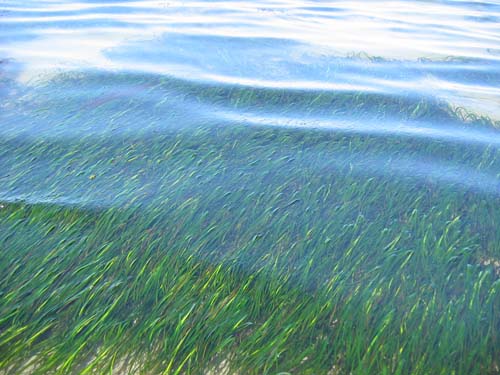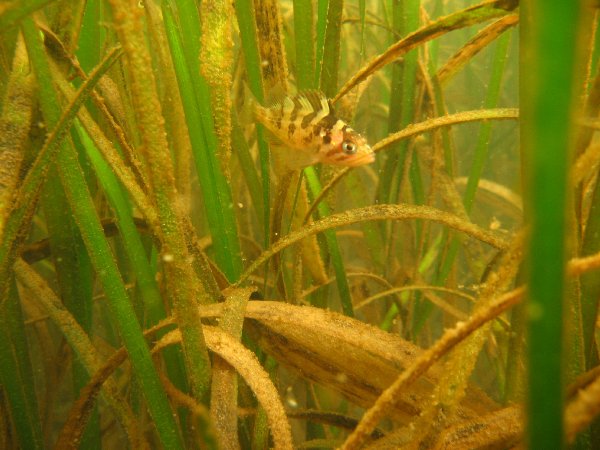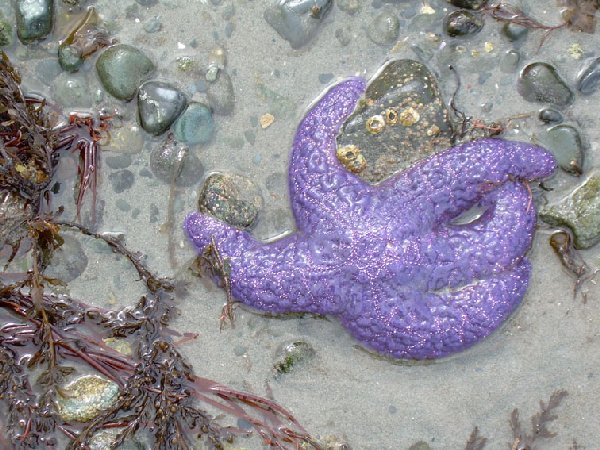Eelgrass and Kelp Mapping and Monitoring
Eelgrass

There are two types of eelgrass in our area. Zostera marina is the native species. Zostera japonica has been introduced to our system.
Eelgrass likes to have a certain level of wave action, sunlight, salinity and temperature levels. It performs many ecosystem services. Eelgrass stabilizes the shoreline, gives us oxygen, cleans our water, sequesters carbon, and provides key habitat for 80% of commercial fish and shellfish.
Eelgrass supports salmon smolts too small to go to sea, gives rockfish a place to grow until they leave for the reef, and provides nursery and other habitat for all species of crab and many species of sea star.
Eelgrass provides needed habitat for many species that are part of several food chains, making it essential habitat for our marine ecosystem.

Eelgrass is impacted by trampling, loss of sunlight or turbidity, poor water quality, changes in salinity level and water temperature
MVIHES has mapped approximately 57 hectares of eelgrass between Craig Creek and Little Qualicum River. This was done as part of the Englishman River Estuary Bioinventory Report. You can see the report, or just the eelgrass maps.
Not only is this significant habitat for fish and other key animals in our ecosystem, it means that every year our eelgrass beds sequester a good amount of carbon. Zoster marina sequesters on average 500 grams/square metre/year of carbon. This means that in this area the eelgrass we have left naturally sequesters 285 metric tons/year. (570,000 sq. metres x 500 grams = 285,000,000 = 285,000kg = 285 tons).
(This mapping work represents only one community out of approximately 27 that have been trained by, and are members of the Seagrass Conservation Working Group)
Kelp

Kelp helps to stabilize the shoreline, acting as one of the first levels of barrier to wave action. It also provides habitat to sea stars, fish including salmon and herring, and various marine mammals.
MVIHES will be mapping the kelp beds as part of the efforts of the Seagrass Conservation Working Group. They have started working on a methodology that will be scientifically valid but doable by stewardship groups.